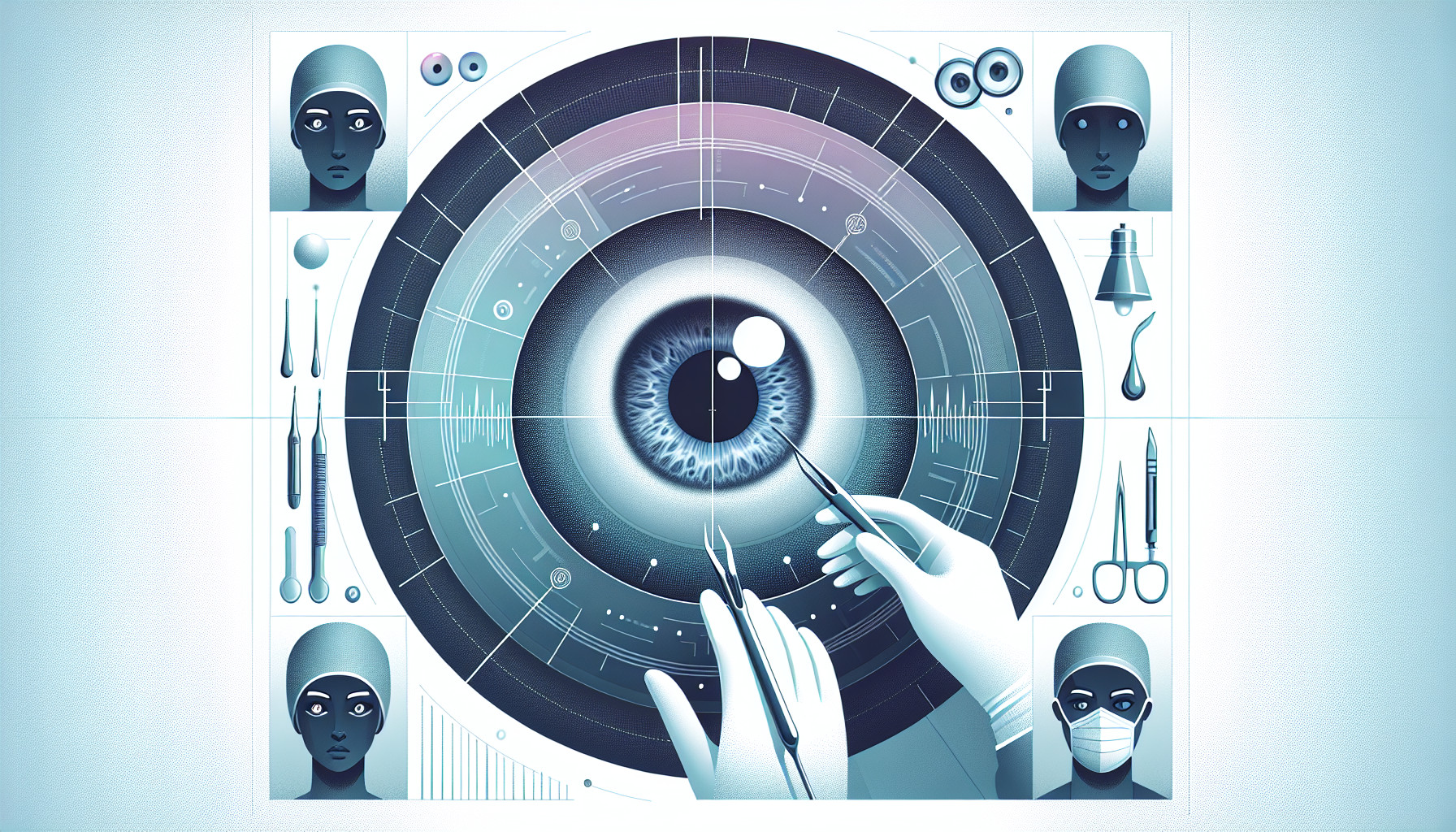Our Summary
This research paper is about a 47-year-old man who had a painful, red eye for three days, along with slightly reduced vision. He had no previous medical conditions. When doctors examined his eye, they found inflammation in the front part of his eye, and an inflamed, painful lump on the white of his eye. They also found a mild inflammation in the jelly-like substance in his eye and a local inflammation of the retina, along with blocked blood vessels close to the inflamed area. Tests showed that the man had syphilis and HIV. His eye condition improved five days after he was treated with penicillin. This paper suggests that this type of eye inflammation caused by syphilis, especially when a person also has HIV, is relatively rare.
FAQs
- What are the symptoms of syphilitic scleritis as described in the case study?
- What treatment was used for the scleritis in the patient mentioned in the article?
- How common is syphilitic scleritis in patients with HIV coinfection?
Doctor’s Tip
One helpful tip a doctor might tell a patient about retinal surgery is to follow post-operative care instructions carefully to ensure proper healing and minimize the risk of complications. This may include taking prescribed medications as directed, attending follow-up appointments, and avoiding activities that could strain the eyes. It is important to communicate any concerns or changes in vision to your doctor promptly.
Suitable For
Patients who are typically recommended for retinal surgery include those with:
- Retinal detachment
- Macular hole
- Epiretinal membrane
- Diabetic retinopathy
- Age-related macular degeneration
- Retinal vein occlusion
- Retinal tumors
- Traumatic eye injuries affecting the retina
- Genetic retinal disorders (e.g. retinitis pigmentosa)
- Severe vitreous floaters impacting vision.
It is important for patients to consult with their ophthalmologist to determine if retinal surgery is the best course of action for their specific condition.
Timeline
Before retinal surgery:
- Patient develops painful right red eye with decreased visual acuity
- Slit-lamp examination reveals nodular scleritis and intraocular inflammation
- Fundus examination shows hyalitis, retinitis, vasculitis, and arterio-venous occlusion
- Positive syphilis and HIV serology
After retinal surgery:
- Patient receives penicillin G medication for syphilis
- Scleritis resolves 5 days after medication
- HIV coinfection is noted
- Overall improvement in symptoms and visual acuity
What to Ask Your Doctor
- What is the purpose of retinal surgery in my case?
- What are the potential risks and complications associated with the surgery?
- How long is the recovery process and what can I expect during this time?
- Will I need multiple surgeries or additional treatments following the initial surgery?
- What are the success rates for this type of surgery in patients with similar conditions?
- Are there any alternative treatment options available for my condition?
- How will my vision be affected after the surgery?
- Will I need to make any lifestyle changes or follow a specific post-operative care plan?
- What is the long-term outlook for my eye health following the surgery?
- Are there any specific factors in my medical history that could impact the surgery or recovery process?
Reference
Authors: Fénolland JR, Bonnel S, Rambaud C, Froussart-Maille F, Rigal-Sastourné JC. Journal: Ocul Immunol Inflamm. 2016;24(1):93-5. doi: 10.3109/09273948.2014.916307. Epub 2014 May 15. PMID: 24833404
